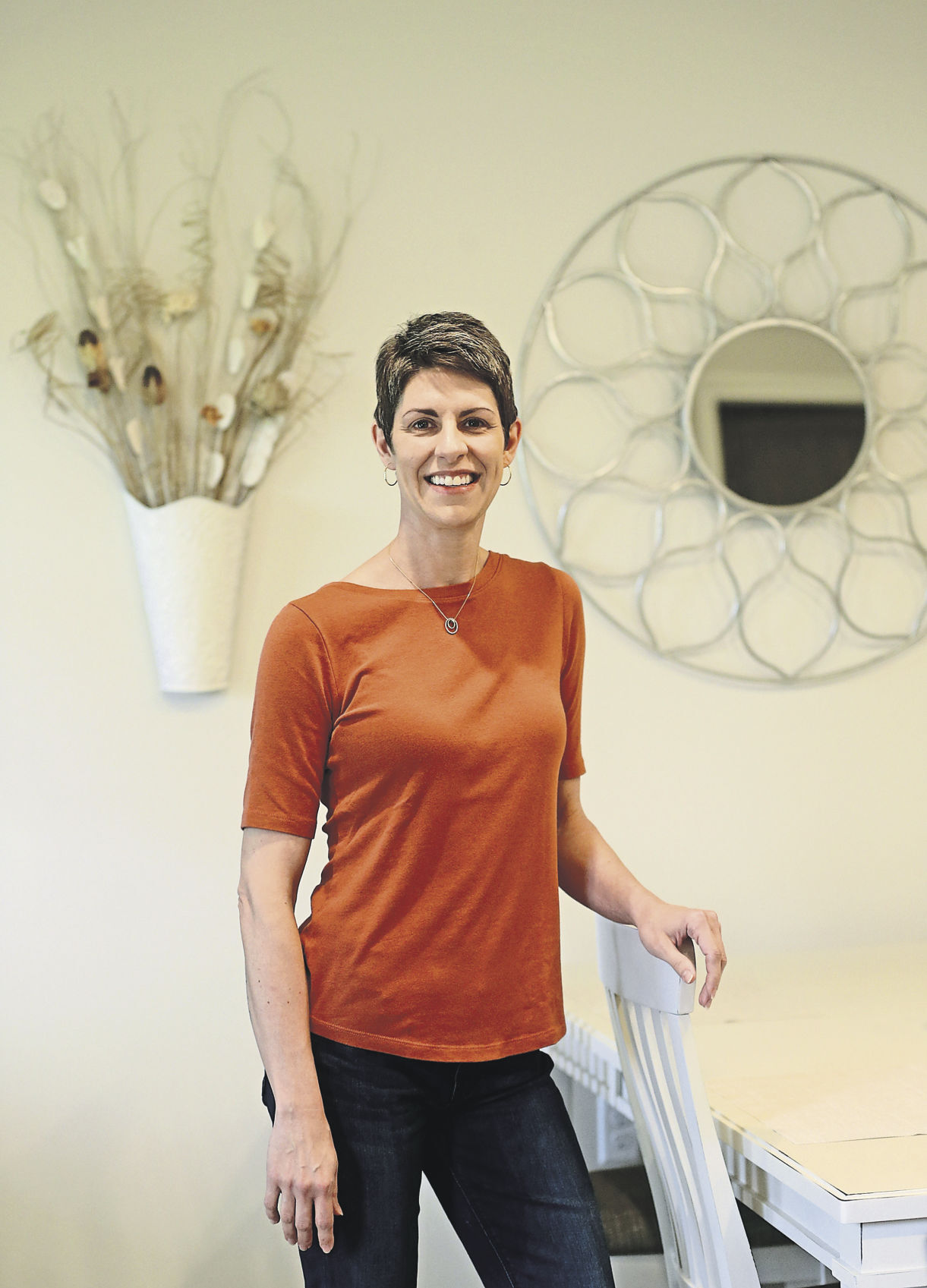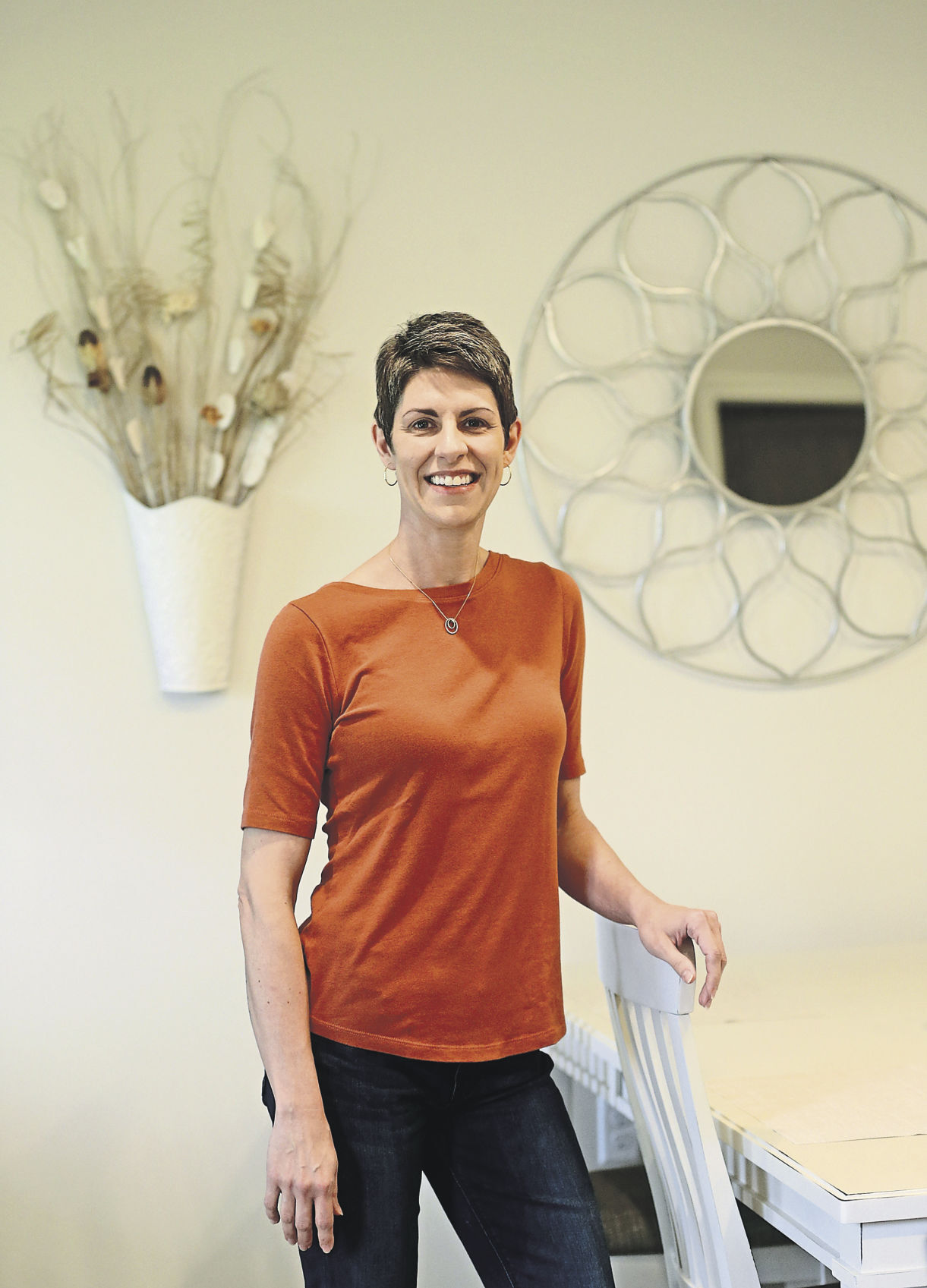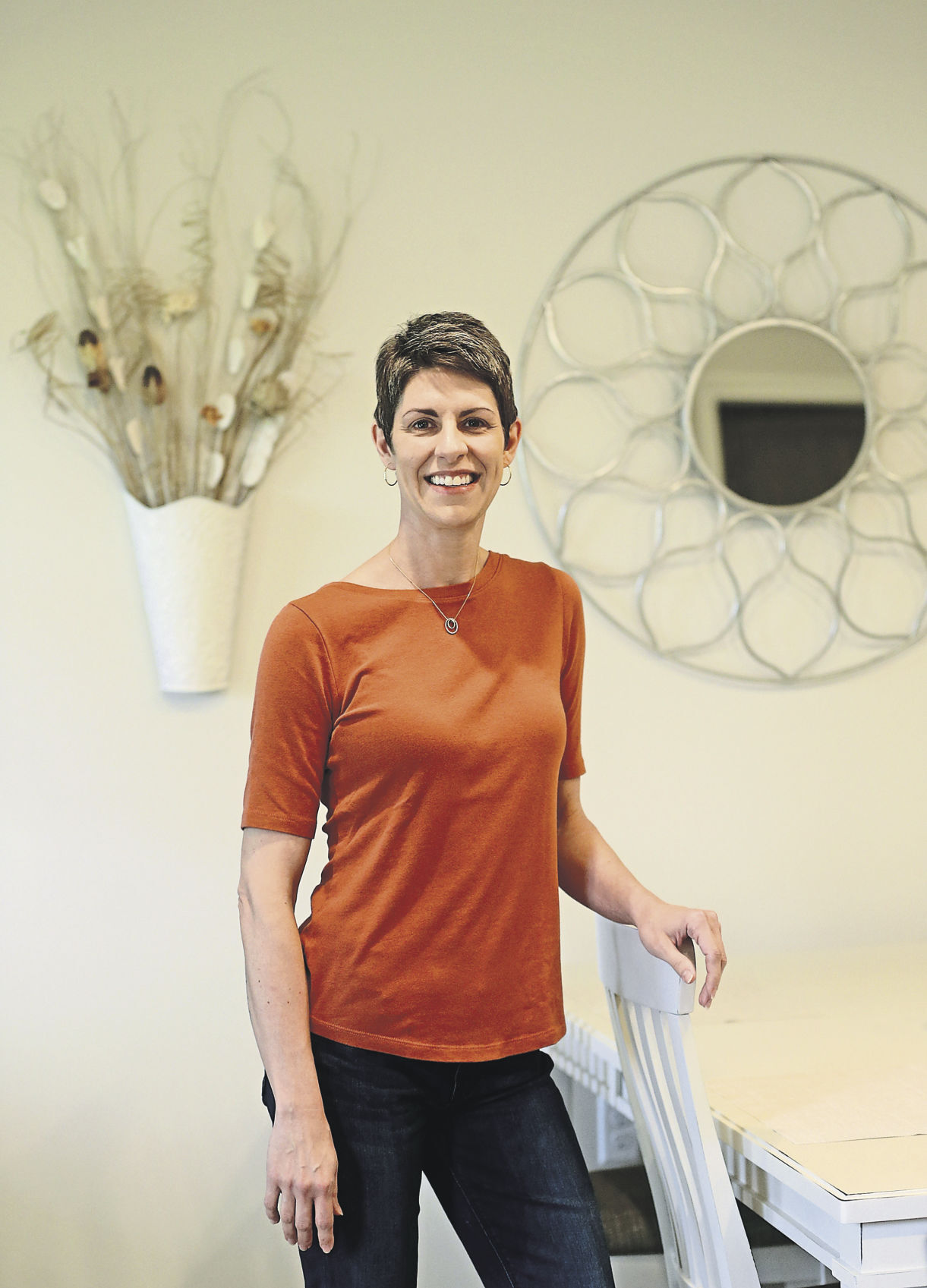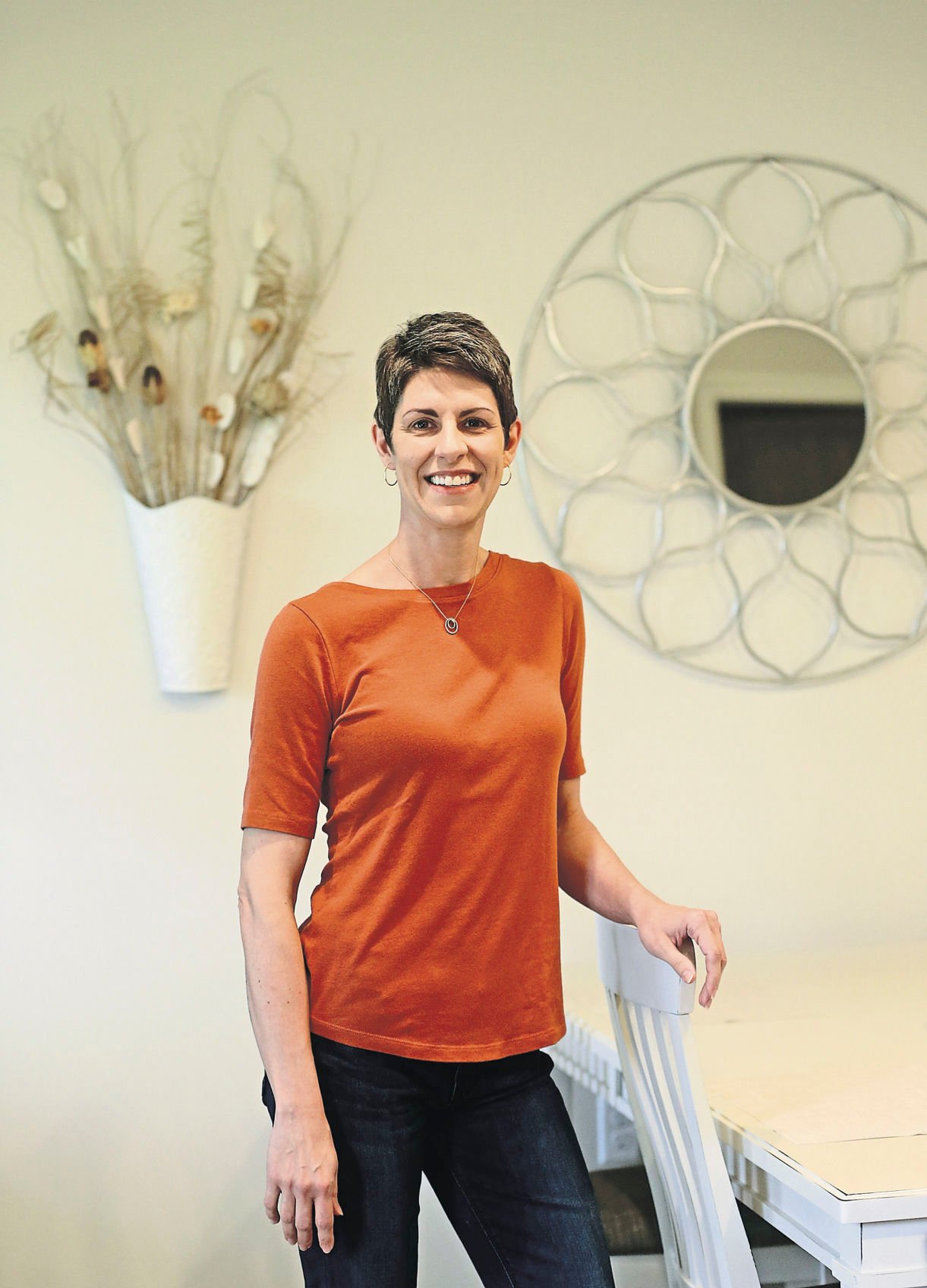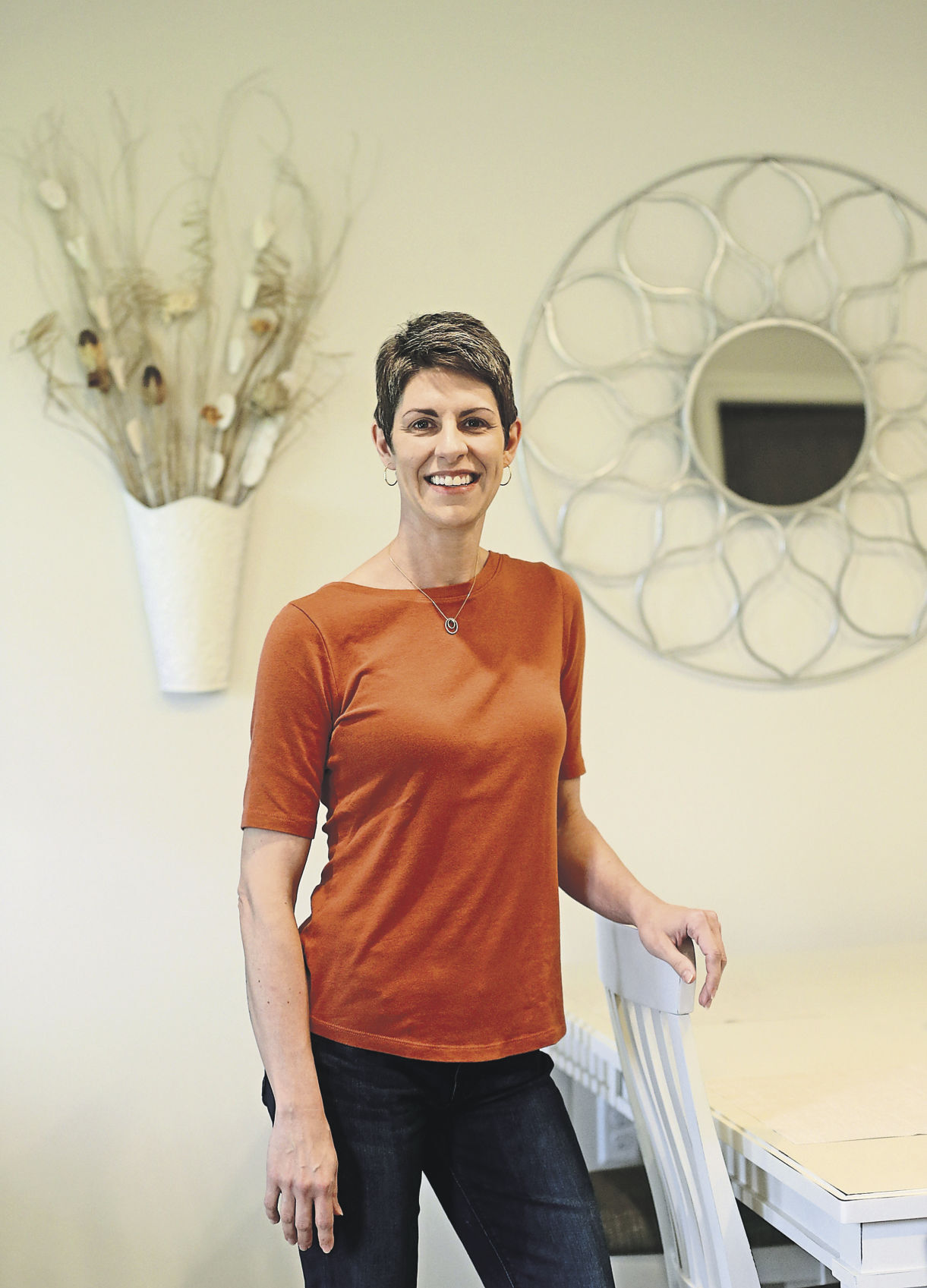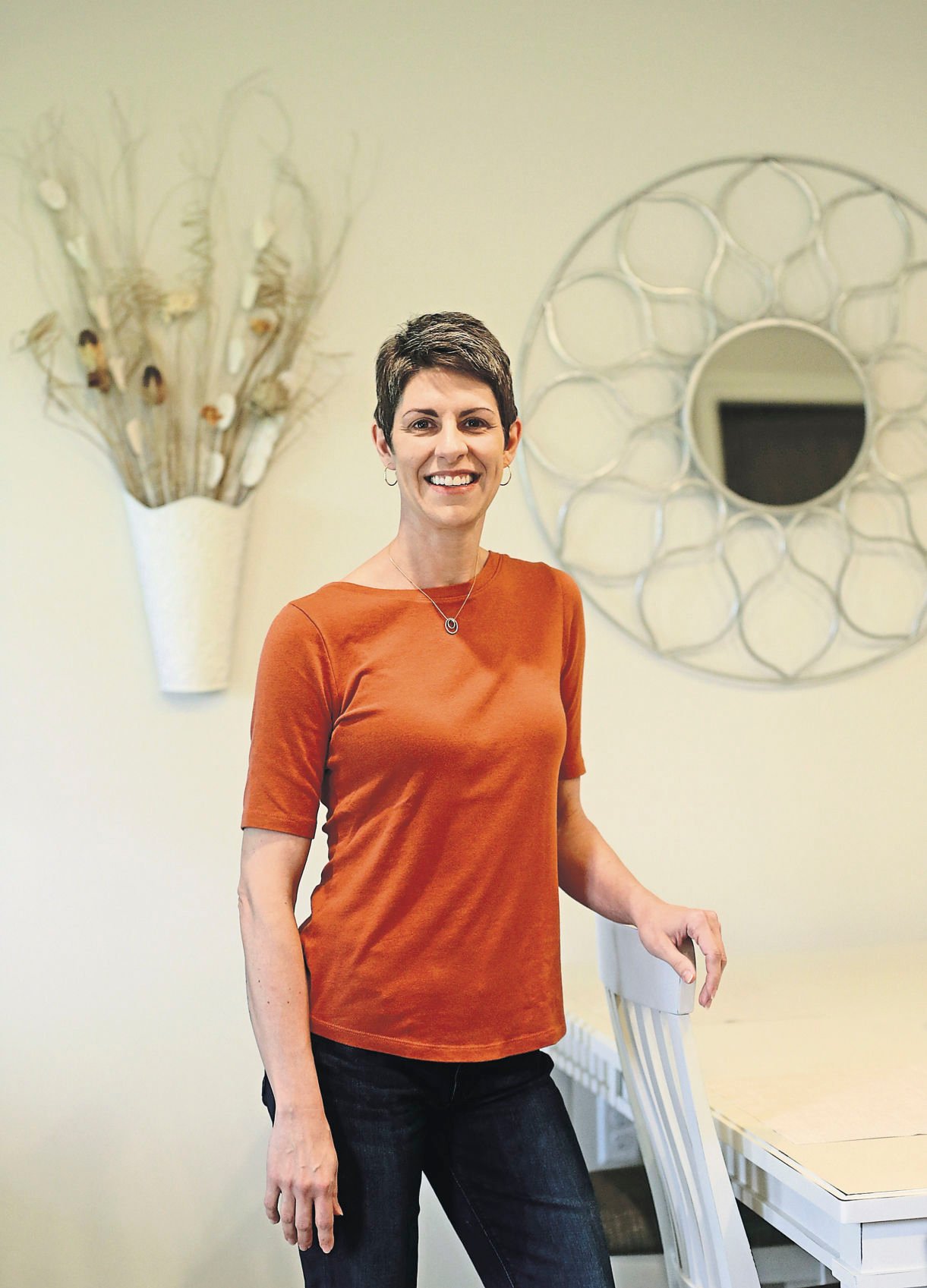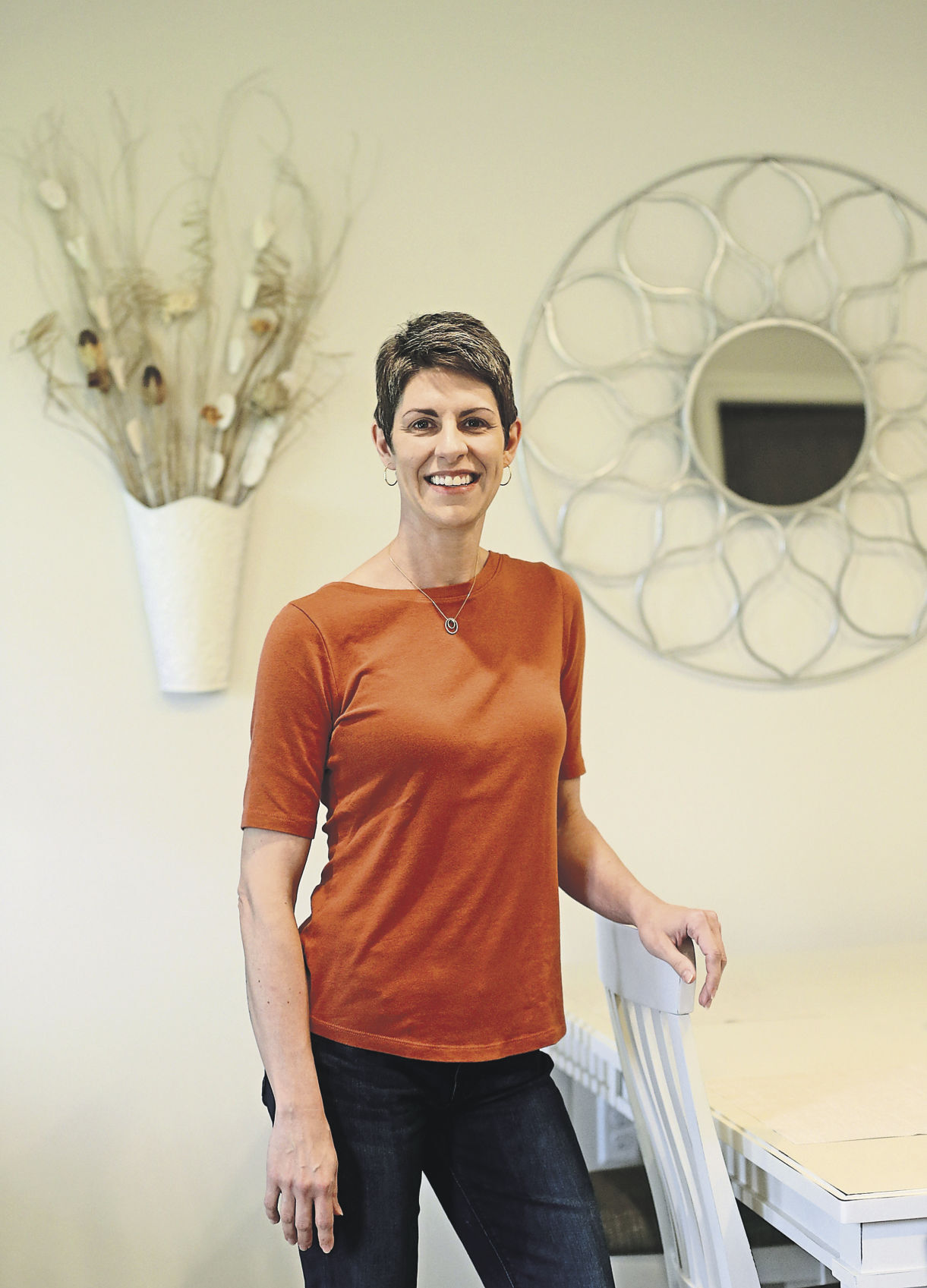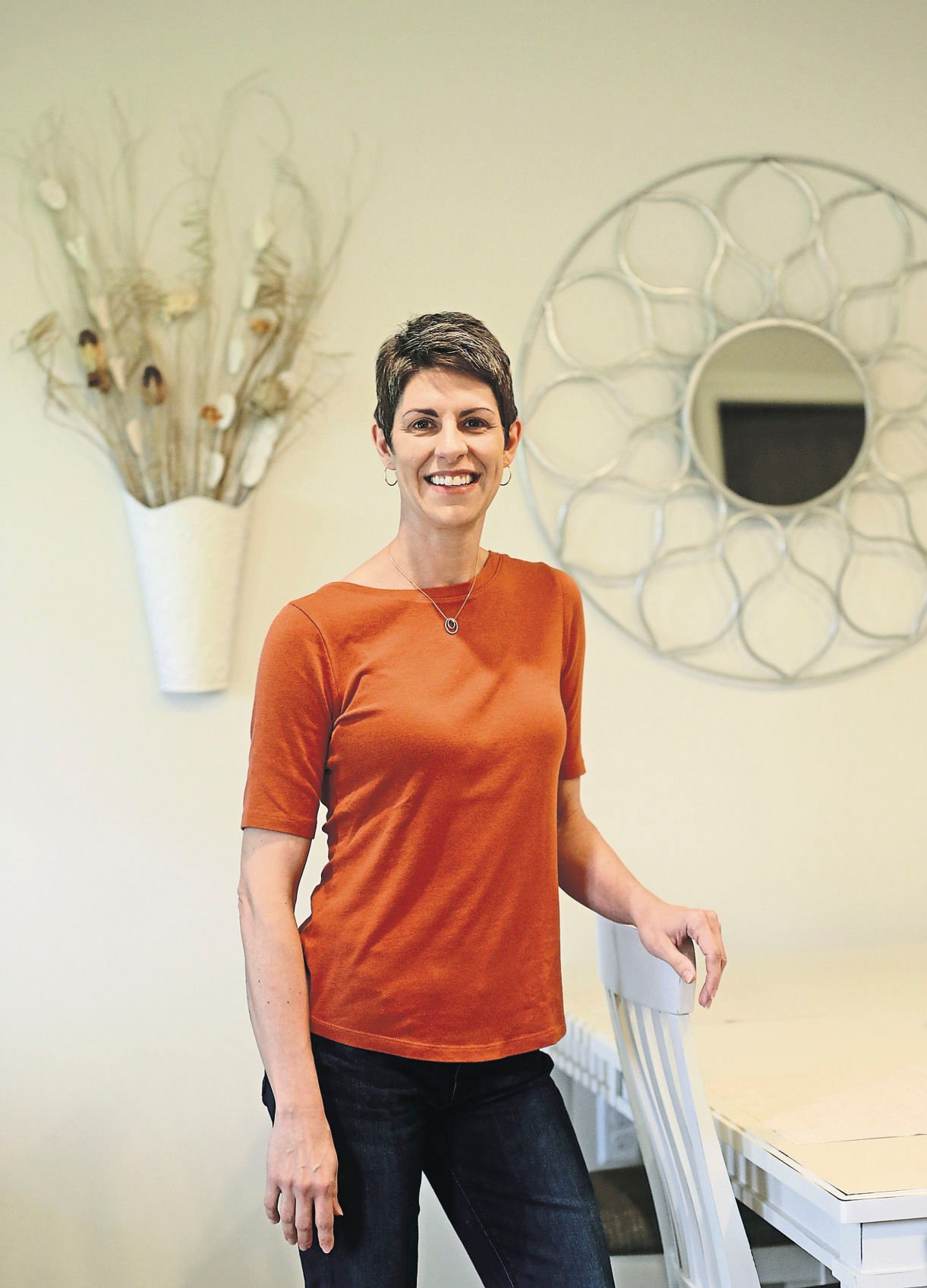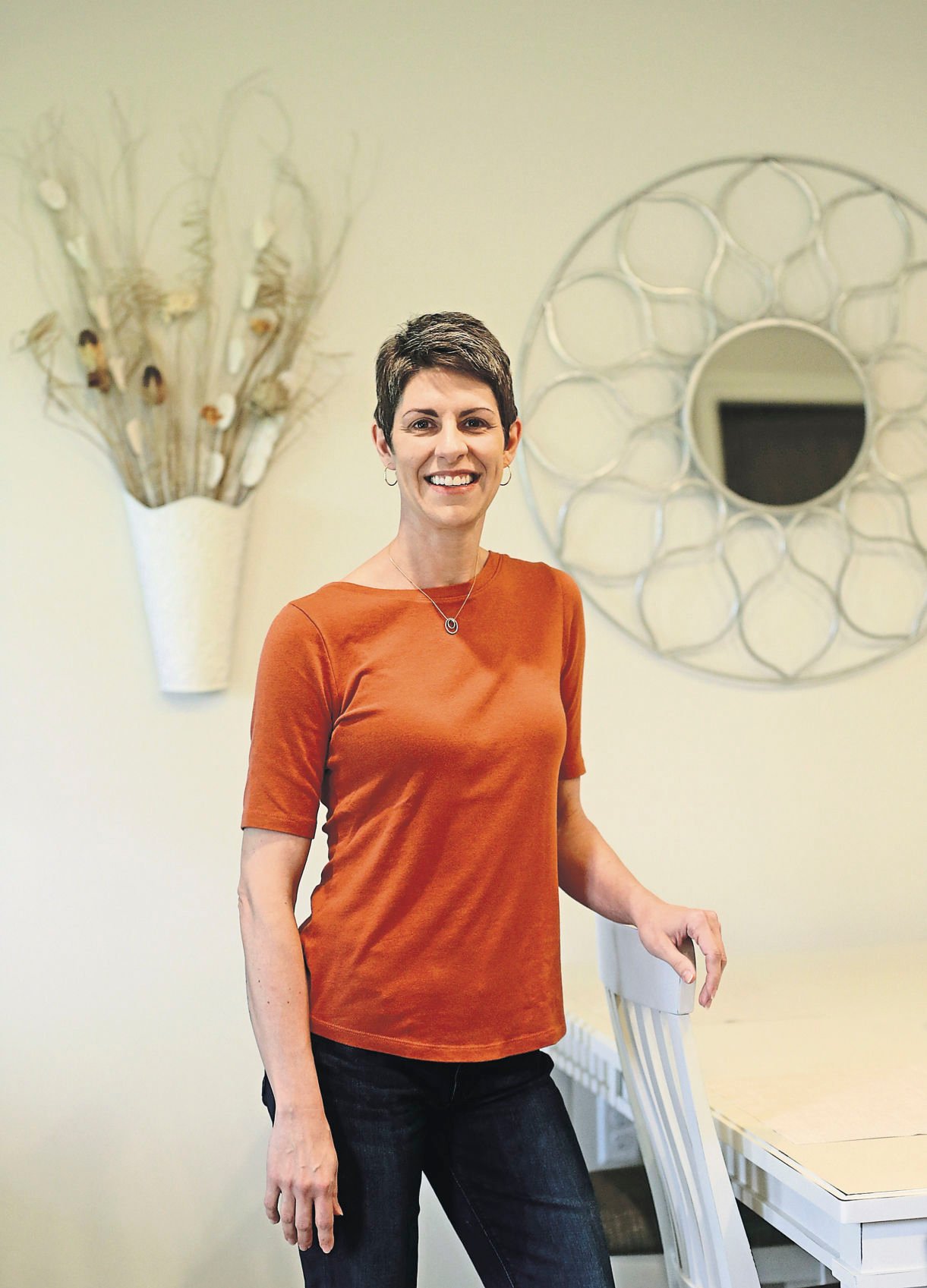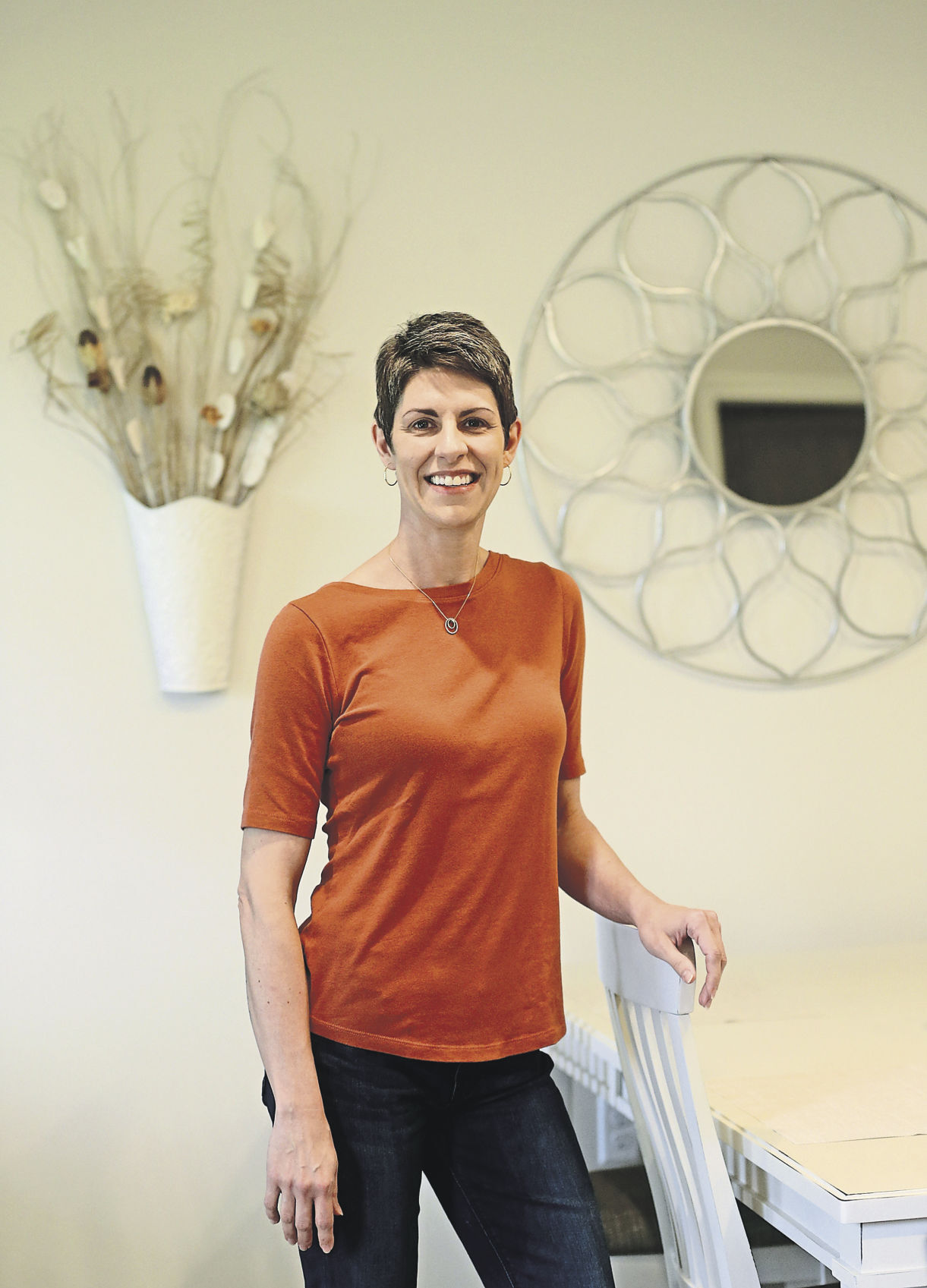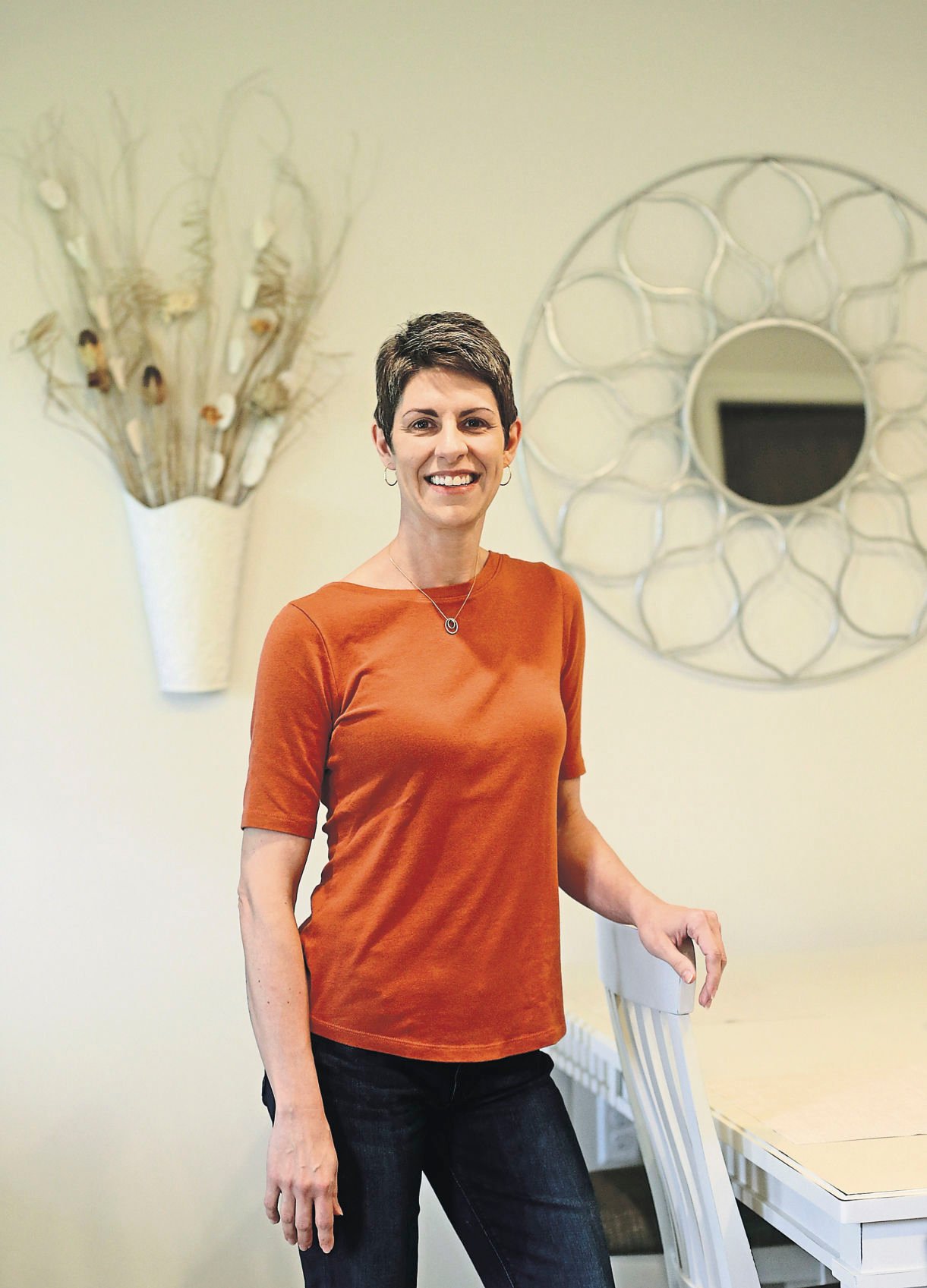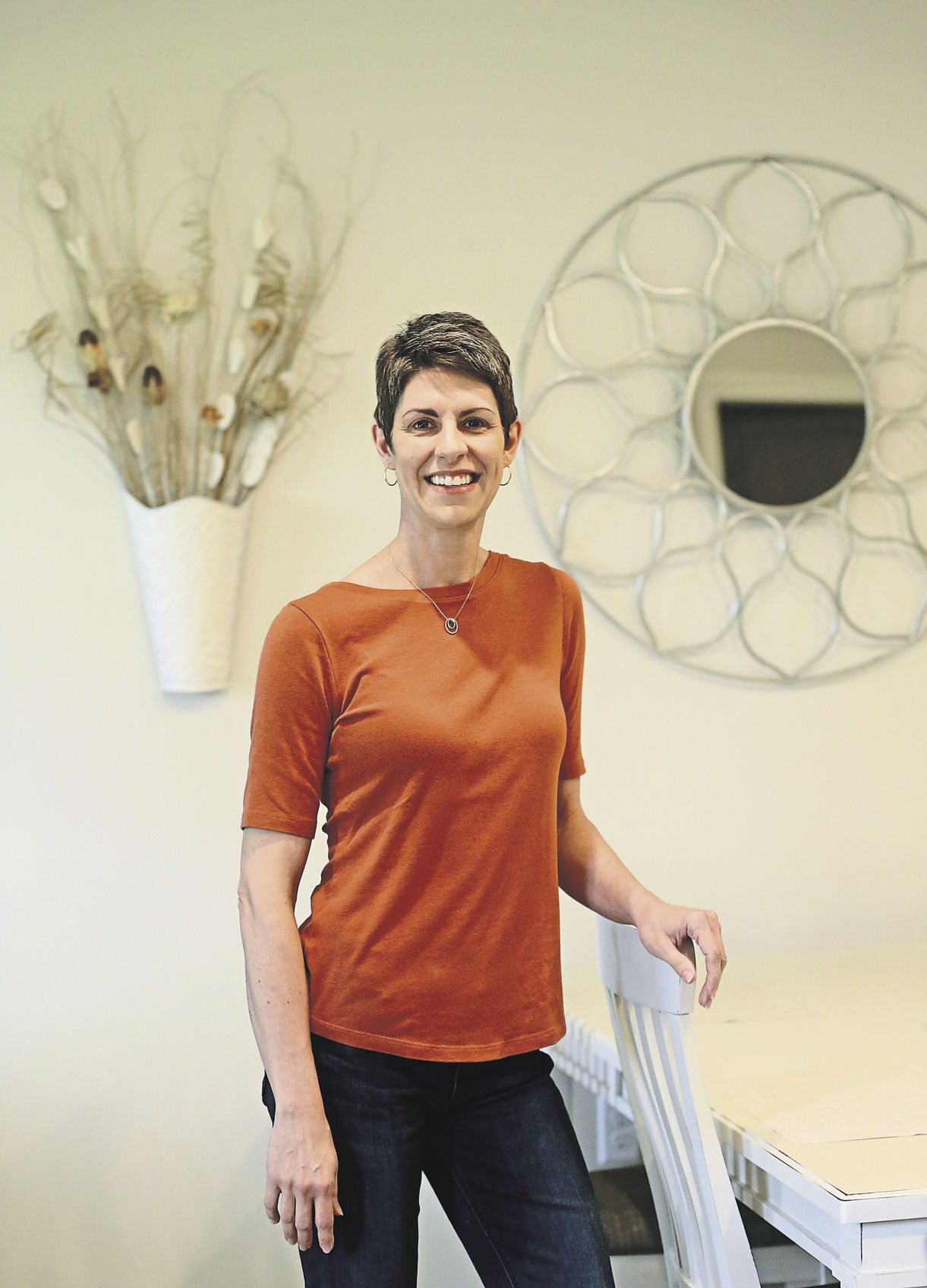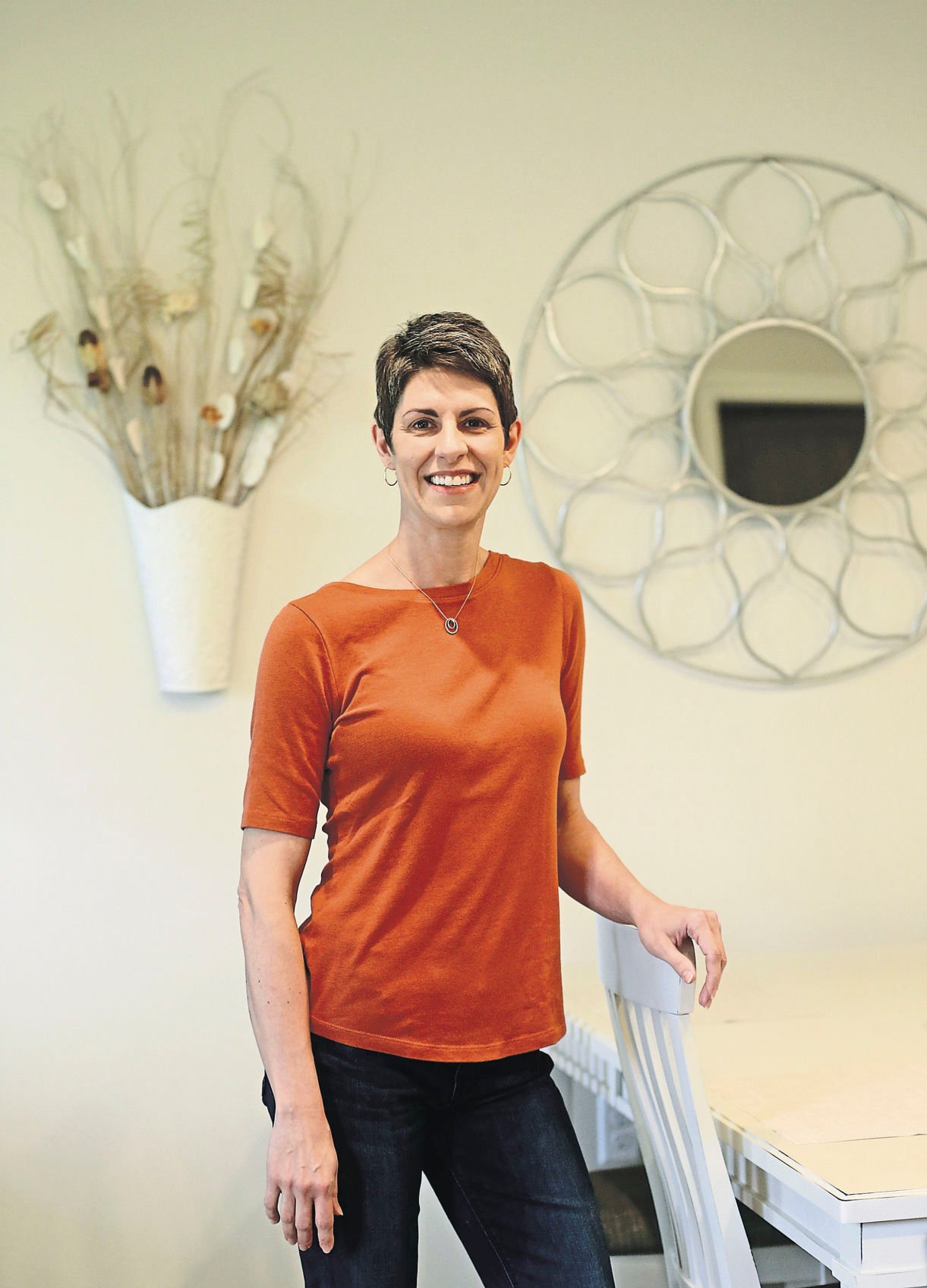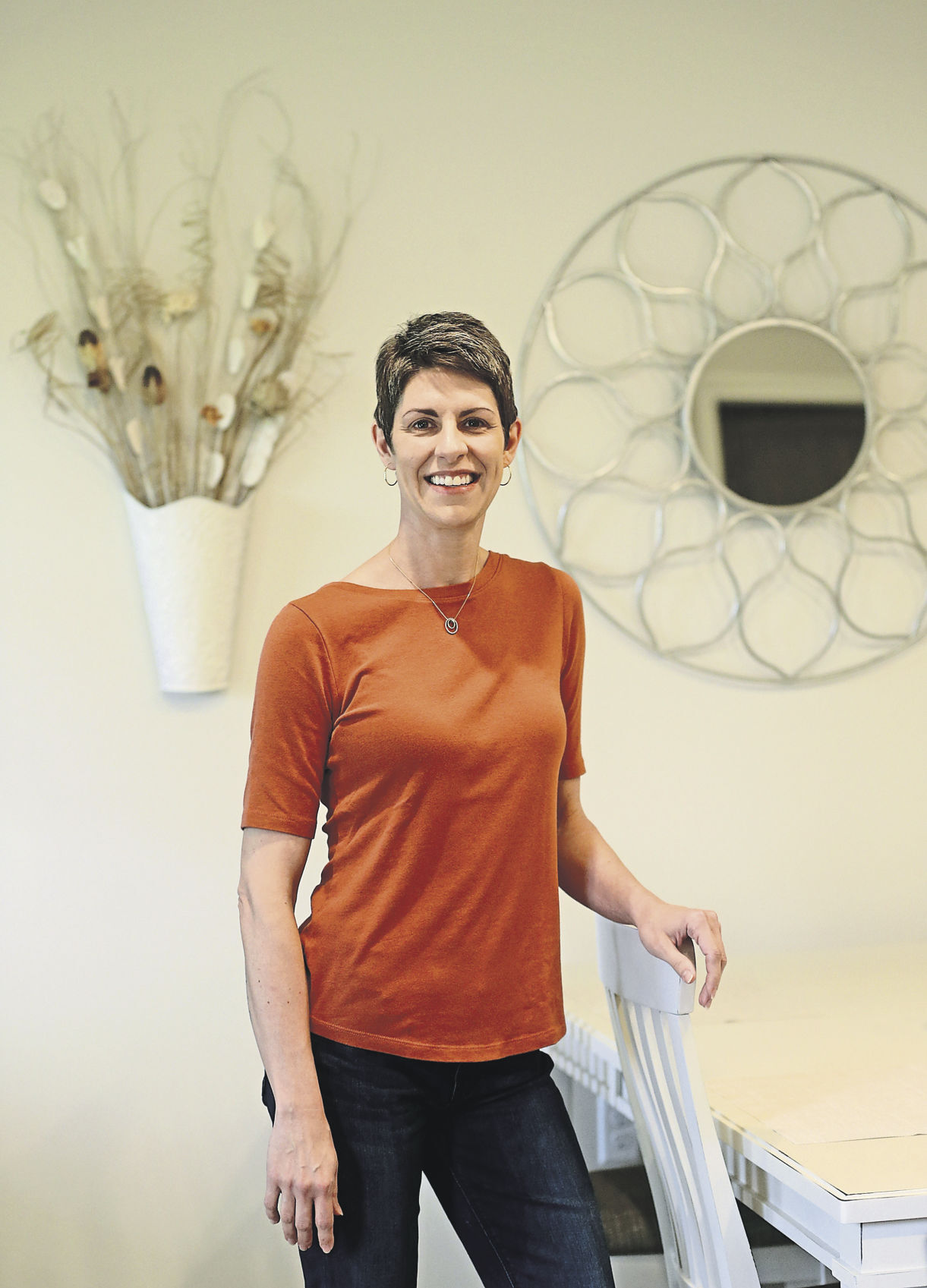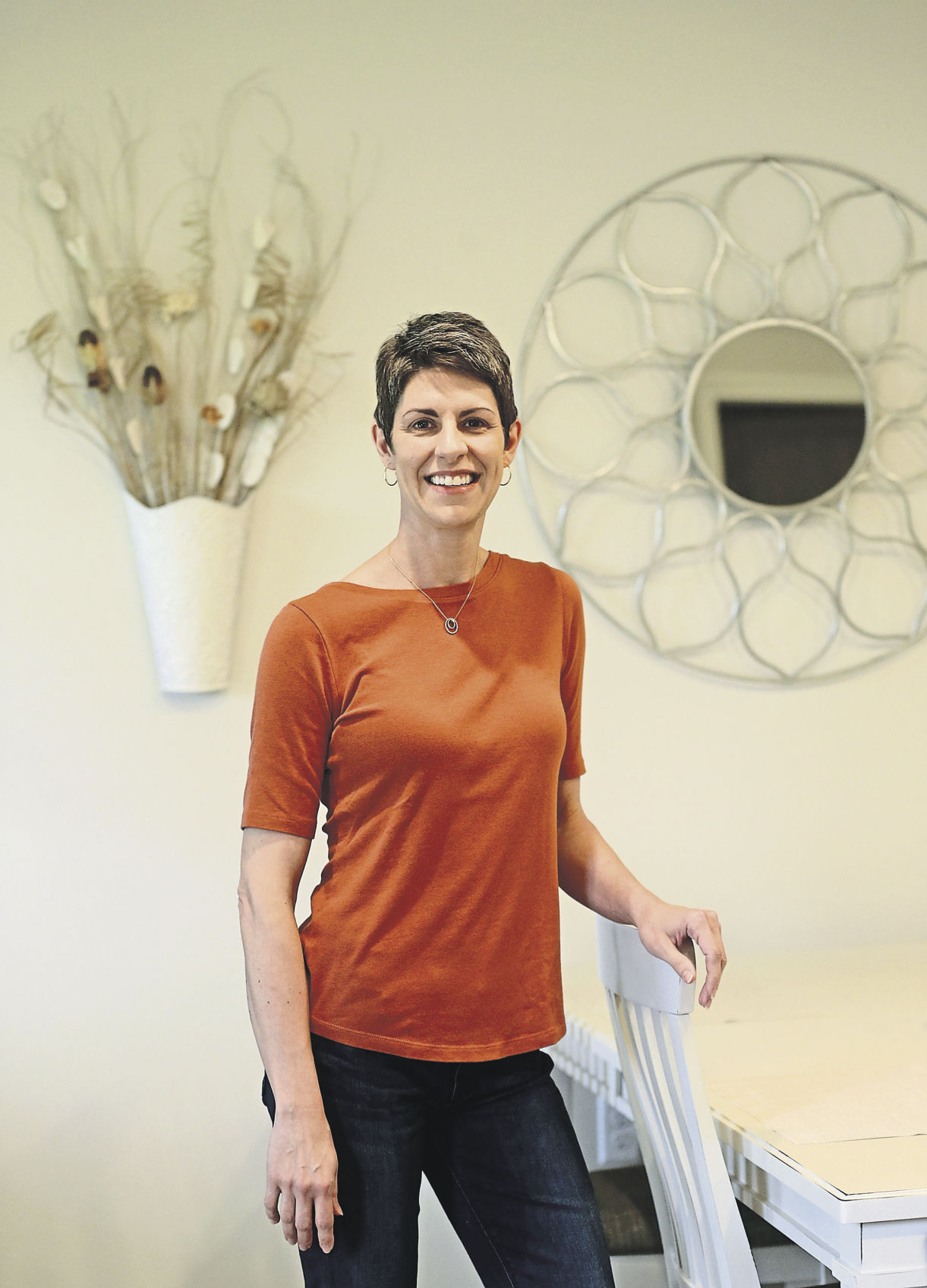Relationships inspire a new beginning by bringing two people together. This includes new experiences, fine-tuning your lifestyles and most importantly, learning to compromise with one another.
With everything positive happening in your newly combined life, it’s easy to overlook the stuff you bring into your relationship. This applies to new romances or those who would like to re-evaluate their current living situation.
Regardless of your age and relationship longevity, it’s amazing how quickly our stuff can accumulate and take over — not only our physical space but also our mental clarity.
I would like to introduce you to Organizer Jessi’s Five Principles of Organization: Role, Space, Stuff, Accessibility and Flexibility or RSSAF. My thought process when organizing any space begins by evaluating your stuff and taking your possessions to the next level.
By working with your partner, (or a household organizer), you can approach spaces room-to-room and day-to-day.
Start by identifying the role of a room. Evaluate the space you have to store your stuff and the accessibility you need to retrieve it. Keep in mind, your flexibility is key for successful placement, as I can guarantee future customization and relocation will happen.
The flexibility aspect is where many people get stuck. As we get older, our desire for items change, as well as our need for things. We typically fall into old routines, do things out of habit and retain items based on what if or quilt scenarios. Keeping an open mind will help you let go, eliminate chaos and provide better accessibility for possessions you truly use.
One of the biggest challenges couples face when combining households is making sense of how to downsize and merge. This is known as space planning. If you are not a visual person, deciding what stays, what goes and where to place your combined possessions can become overwhelming.
Who’s existing home will being occupied? Are you moving someplace new? Are children involved and are parents a part of the equation? This process can be enjoyable, with the correct mindset, planning and approach.
Here are a few examples when downsizing and combining homes:
Furniture. By far the “biggest” component within a household. A living room overwhelmed with four couches is awesome, but I’m assuming your college days are behind you. Downsizing furniture is the first and most important step when combining homes. Appearance, comfort and function are ideal features to begin with. Remember RSSAF when space planning. If a furniture piece doesn’t make the final cut in a specific room, compromise and prioritize your effort to find a better suited spot for the piece. If you can’t make sense of a new location, it’s probably time for it to go.
The kitchen. Start by evaluating overall condition of items, quantity of similar products, matching sets and functionality. Some things are seasonal, generational,
use-specific or are geared toward children. When was the last time you used these pieces? It’s possible such items can be set aside for long-term storage, graciously donated or prepared to sell. Take this approach for every item in your kitchen. When packing, people tend to also overlook perishable expiration dates. In the long run, you end up spending more time and money moving and packing, all to realize your not using items or have the needed space. When combining households or moving in general, I see a lot of unpacked boxes sitting in storage for a duration of time. Eliminating excess is something I want you to achieve before starting your new life together.
The closet. Wardrobes are overwhelming in their own right, but learning to share can become a challenge based on the space you have to work with. We all know, we have more than we need. In the tri-states, we have four seasons to consider. Focus on what you are wearing — size, style, occasion and how an item makes you feel overall. I suggest creating an on-going donation pile. If you put something on and don’t necessarily feel your best in it, move on. Be realistic, accepted your true size and move past any guilt about how much money you spent on something. This mindset also will help you when purchasing new apparel. Remember, the goal is to combine your items, not banish your partners belongings elsewhere.
Finding someone to share your life with is a wonderful experience. I’m excited for those starting a new journey or reigniting an ongoing relationship. Removing items that ultimately cause stress allows you to focus on your life together and creating memories.
Jessi Bushman is a professional organizer, member of the Iowa Professional Organizers Association and owner of Organizer Jessi in Dubuque. Visit her at organizerjessi.com or on Facebook at OrganizerJessi. You also can email her at organizerjessi@gmail.com.



